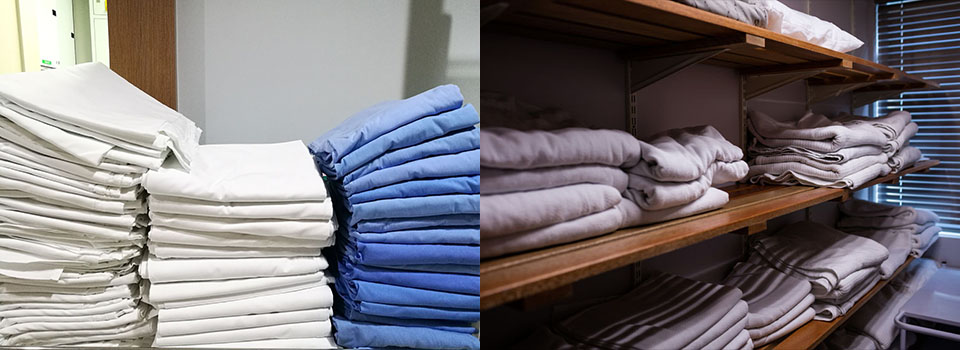Laundry

Laundry in a health-care facility may include bed sheets and blankets, towels, personal clothing, patient apparel, uniforms, scrub suits, gowns, and drapes for surgical procedures. Contaminated textiles and fabrics often contain high numbers of microorganisms from body substances, including blood, skin, stool, urine, vomitus, and other body tissues and fluids. Disease transmission attributed to health-care laundry has involved contaminated fabrics that were handled inappropriately (i.e., the shaking of soiled linens). Bacteria (Salmonella spp., Bacillus cereus), viruses (hepatitis B virus [HBV]), fungi (Microsporum canis), and ectoparasites (scabies) presumably have been transmitted from contaminated textiles and fabrics to workers via direct contact or aerosols of contaminated lint generated from sorting and handling contaminated textiles. - Guidelines for Environmental Infection Control in Health-Care Facilities (2003), CDC(US)
 25°C
25°C 30°C
30°C

 Top
Top